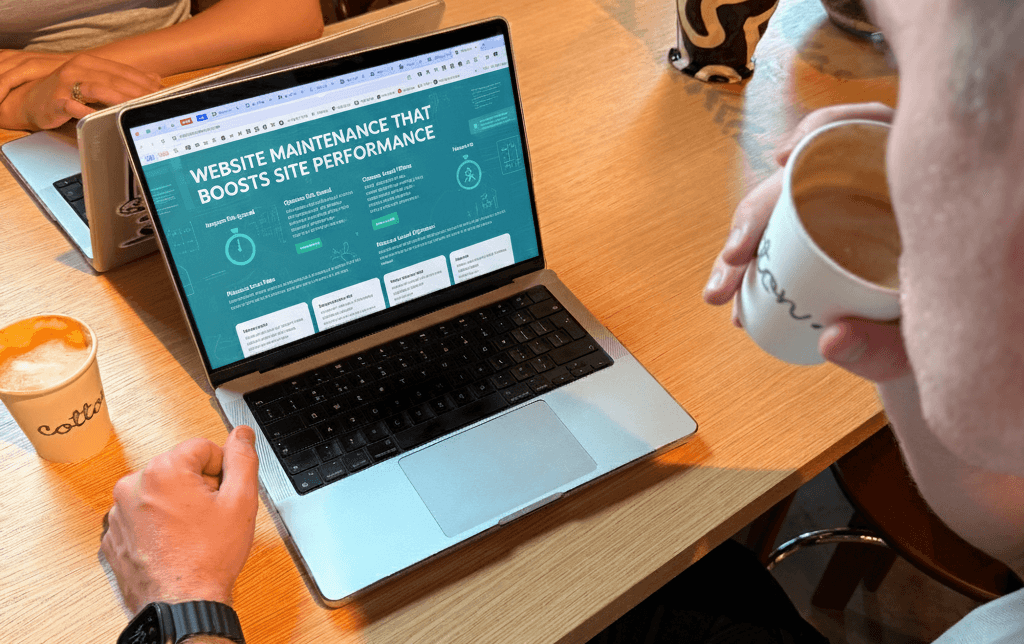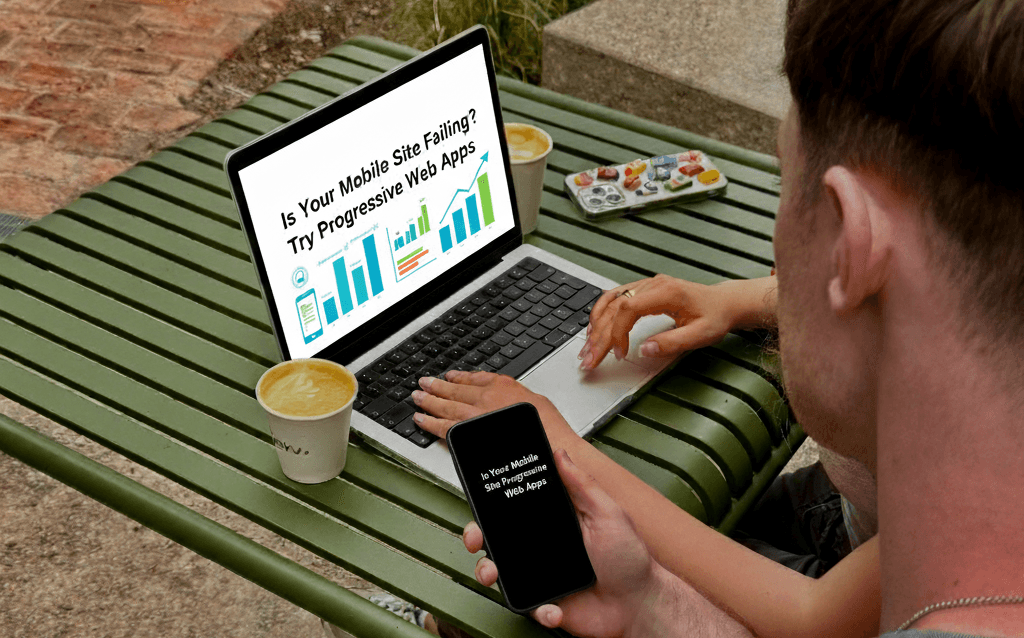The Importance of Website Accessibility for Inclusive Design
We get it: when building a website, accessibility might not top your list. You’re focused on creating a site that looks great and works smoothly for most users. But web page accessibility is crucial, and we’re here to explain why it matters and how you can make it happen.
What is Web Accessibility?
Website accessibility means designing sites that everyone can use, regardless of their abilities. It ensures people with visual, auditory, motor, or cognitive impairments can navigate and interact with your content as easily as anyone else. Accessibility on the web removes barriers, whether for someone using a screen reader, dealing with a temporary injury, or browsing in a noisy café with slow Wi-Fi.
Why Accessibility Matters
For Individuals
An accessible website promotes independence. It lets users apply for jobs, shop online, or read news without assistance. According to the CDC, 13% of U.S. adults have a disability: that’s one in eight people. However, accessibility helps more than just those with disabilities. Someone with a broken arm may struggle to use a mouse, an older adult might need larger text, or a parent holding a child may navigate one-handed.
For Businesses
Accessibility website practices expand your audience. If your site isn’t accessible, you risk excluding a large portion of potential users. Many regions, including the U.S. with the Americans with Disabilities Act (ADA), enforce digital accessibility laws, making compliance essential. Accessibility also improves user experience for all, boosting engagement and retention.
For Society
Accessibility contributes to a more inclusive internet. It ensures equal access to information and services, aligning with principles of fairness and inclusion.
Principles of Accessible Web Design
The Web Content Accessibility Guidelines (WCAG) provide four core principles to guide accessibility:
- Perceivable: Content must be accessible through users’ senses (e.g., screen readers for visually impaired users).
- Operable: The site must be navigable without a mouse.
- Understandable: Content and navigation must be clear for all users.
- Robust: The site must work with various browsers and assistive technologies.
These principles guide the creation of an accessible website.
Benefits of Accessibility on the Web
Accessibility improves the overall user experience. For example:
- High colour contrast makes text easier to read for everyone, especially in bright sunlight.
- Clear navigation helps users find content faster.
- Descriptive link text provides better context than “click here.”
- Video captions assist users in quiet libraries or loud coffee shops, beyond those with hearing impairments.
Accessibility also enhances SEO. Search engines favour semantic HTML, descriptive alt text, and fast-loading sites, core accessibility practices.
Benefits of Professional Web Design
Professional web design in Manchester, such as The Social Bay, integrates web page accessibility to support business growth. Experts ensure your site meets WCAG standards, reducing legal risks and reaching a wider audience, including 13% of adults with disabilities. Accessible design improves user satisfaction, increasing retention and conversions. For example, clear navigation and fast load times, which are essential for accessibility, also enhance user engagement. Professional services, like those from The Social Bay, combine accessibility with SEO and branding, creating a cohesive online presence that attracts more customers and supports long-term growth. Learn more in our related article, Benefits of Professional Web Design for Business Growth.
How to Make Your Website Accessible
Practical Steps
You might wonder, “Is this a lot of extra work?” Honestly, it’s manageable. Start with these steps:
- Use Semantic HTML: Apply proper headings, buttons, and lists for screen reader compatibility.
- Add Alt Text: Describe an image’s purpose or mark it as decorative if it’s non-informative.
- Enable Keyboard Navigation: Ensure users can tab through elements in a logical order.
- Check Colour Contrast: Use online tools to verify readability.
- Test Zoom Levels: Confirm functionality at larger text sizes.
Testing and Auditing
Begin with an audit. Tools like WAVE or the Axe browser extension quickly identify issues. Test your site with a keyboard or screen reader to spot usability gaps. For the best results, get feedback from users with disabilities.
Ongoing Commitment
Accessibility is an ongoing process. As you add new features or content, ensure they remain usable so everyone can maintain an accessible website.
Tools to Help You
- WAVE Web Accessibility Evaluation Tool: Highlights issues directly on your page and is easy to use.
- Axe Browser Extension: Identifies problems within developer workflows.
- A11Y Project Checklist: Provides clear, actionable accessibility steps.
Frequently Asked Questions
How is web accessibility different from usability?
- Usability focuses on ease for the average user, while website accessibility removes barriers for people with disabilities. For example, usability ensures clear menus, but accessibility ensures those menus work with screen readers and keyboards. Both complement each other.
What are common accessibility mistakes?
- Common issues include missing alt text, poor colour contrast, unlabeled forms, and sites that require a mouse. Using colour alone to convey information also creates barriers for colourblind users.
Does accessibility help SEO?
- Accessibility practices like semantic HTML, descriptive alt text, and fast load times align with SEO best practices, improving search engine rankings. Captions add indexable content, too.
Is fixing accessibility expensive?
- Costs vary. Sites with good HTML require minimal updates, while those relying on visual cues may need more work. Building accessibility from the start is more cost-effective.
Do automated tools catch everything?
- No, tools like WAVE or Axe detect issues like missing alt text but can’t evaluate alt text quality or navigation logic. Human testing, especially with users relying on assistive tech, is crucial.
Ready to make your website inclusive? The Social Bay’s affordable web design in Manchester integrates accessibility from the start, ensuring compliance and usability while enhancing SEO and user experience. We also offer branding, hosting, and maintenance to keep your accessibility standards consistent. Want to explore how professional web design can boost your business? Contact us now!
Email: hello@thesocialbay.co.uk
Call: 07441 918230
Visit: https://thesocialbay.co.uk/




